learn more about Sino Biological
here
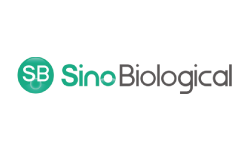
learn more about CosmoBio
here
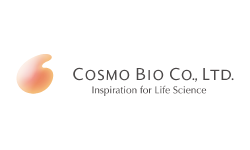
learn more about Cloud-Clone
here
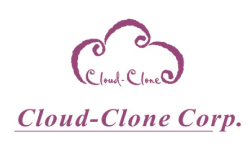
learn more about Boster
here
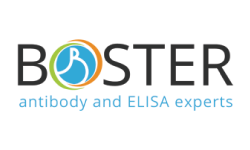
learn more about GenScript
here

learn more about Aves Labs
here
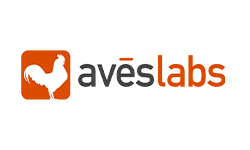
learn more about CosmoBio
here
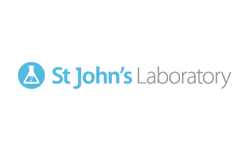
learn more about Abcepta
here
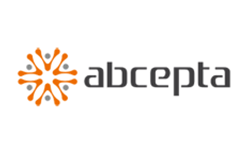
learn more about PhytoAb
here
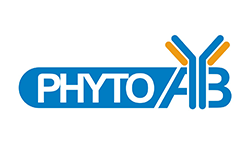
learn more about ImmuSmol
here
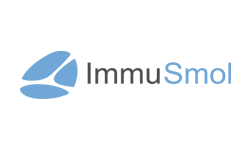
learn more about Leading Biology
here
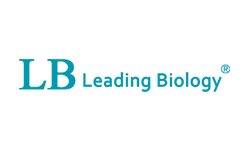
learn more about Antibodies Inc
here
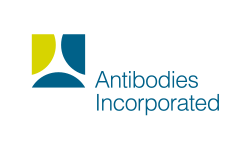
learn more about IchorBio
here
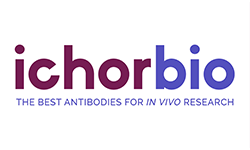
learn more about Leinco Technologies
here
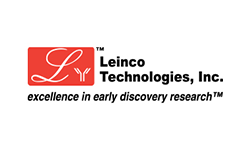
learn more about BIO SB
here
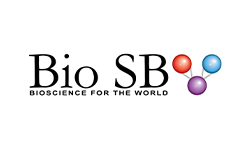
learn more about Caprico Biotechnologies
here
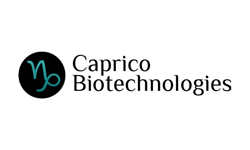
Antibodies
Antibodies (immunoglobulins or immunoglobulin) are secreted from the differentiated B lymphocytes (class of white blood cells à leukocytes), also known as effector cells and depict a special category of proteins. In vertebrate animals the class of globulins, which includes antibodies, is responsible for the specific response of the immune system to invading foreign substances (antigens). The latter cause the formation of specific antibodies. These are able to bind non-covalently to the epitope, a specific antibody binding site of the antigen (synonym: antigenic determinant). The appropriate antigen-binding site of the antibody is known as a paratope. Antibodies circulate in the bloodstream and extracellular tissue fluid and can induce the humoral immune response of the body.
The structure of each immunoglobulin G (IgG) antibody is divided into two heavy chains and two light chains. The heavy and light chains are identical to one another and by so-called covalent disulfide bonds between the sulfur atoms bonded together. This results in the characteristic structure of the IgG antibodies, resembling the letter Y. The regions of the light chain are dividable into a variable (VL) and a constant (CL) domain. The heavy chains have the same variable but three (for immunoglobulin G and immunoglobulin A) or four (for immunoglobulin M and immunoglobulin E) constant domains. The corresponding names of CH1, CH2, CH3 and CH4 result analogously as in the case of the light chain.
The antigen binding site of an antibody is composed of the variable domains, both light and the heavy chain. The two light chains can also, depending on the organism and the subclass of immunoglobulin, be divided into two types: type κ and type λ. Together with the part of the heavy chain that is located above the hinge region they form the antigen binding fragment (Fab). The remaining part is referred to as the crystallizable fragment (Fc). By somatic recombination of the organism, the complementary determining region (CDR) can be built extremely variable.
Primary antibodies
In your search for the appropriate primary antibodies for your experiment, we can offer a wide range of monoclonal and polyclonal antibodies, recombinant antibodies, antibodies for FACS, IHC and ChIP, all with excellent affinity. Use the filter options on the left of the web page to restrict your search to certain specificities, manufacturers, applications, hosts and isotypes. After the selection of an appropriate primary antibody you get further information regarding its conjugation, modification, clonality, concentration, purification and background information on the respective antigen. Likewise, we offer the matching tags for antibodies such as the His-tag (6-Histidine), the HA-tag (hemagglutinin), cMYC-tag, GST-tag (glutathione-S-transferase) and the FLAG tag. If you need more information you may take advantage of our customer service that is available via chat, email or phone.
Secondary antibodies
You will find a wide range of secondary antibodies from different host organisms on our website such as goat, donkey, sheep, chicken or rabbit. These are conjugated or unconjugated and suitable for use in e.g. ELISA, flow cytometry, ICC, ICH or Western blots. You will also find information about the coupling of the antibody with e. g. TRITC, FITC, Cy, DyLight- or an Alexa dye. You are able to filter our offer to your exact needs and obtain additional information regarding the reactivity of the isotypes, the conjugation of the target species, specificity and concentration. If further information is needed you are welcome to use our customer service that is available via chat, email or phone.
Descriptive information on antibody structure, classes and how they work are available in our Data Library.




















